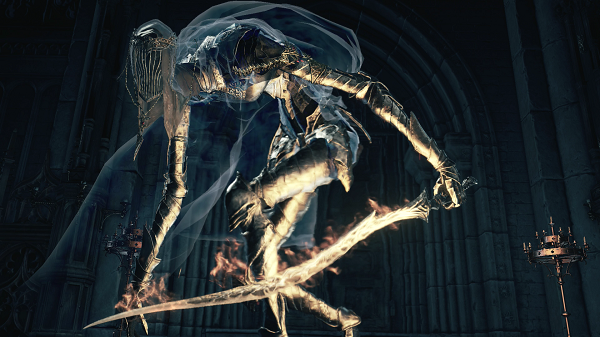

The second ending is not much better, but it is a bit more complex. They've bought the Age of Fire more time, but it is barely any time at all compared to the countless other Ages of Fire that have come before.

However, instead of erupting into a massive fireball like in the original Dark Souls , the player simply becomes a small, sputtering flame.

The first, and easiest, ending to attain is the standard "Link the Fire" ending. After defeating the final boss, The Soul of Cinder, the player character steps towards the First Flame and sets themselves alight. Unfortunately for those who wish to break the cycle, Dark Souls 3's first two endings do nothing to fix the problem. Related: Why The Moonlight Greatsword Is In Ever Dark Souls Game However, things are different in Dark Souls 3. Existence itself has become weakened by this ongoing cycle after millennia of switching between them. Many people are desperate to find some way to break the cycle before everything burns down to ash. Unfortunately, Dark Souls II reveals that the two ages are inescapably, unnaturally linked, and no matter which ending the player chooses the opportunity for the opposing age to arise always presents itself. In each game, the player can either extend their Age of Fire or end it. Each Dark Souls game takes place at the end of a so-called Age of Fire, where the power of the gods begins to fade, along with their civilizations, before an Age of Darkness begins. However, each has some key points of information that makes them easy to explain, and just as easy to understand.īefore Dark Souls 3's endings are explained, it's important to understand how they fit in with Dark Souls' established lore, otherwise none of them will make any sense.

Dark Souls 3is perhaps the worst offender when it comes to this, with a grand total of four endings that often require completely different playthroughs to achieve. One of the standard features of most Soulslike games are the multiple, oftentimes confusing endings that come with them.


 0 kommentar(er)
0 kommentar(er)
